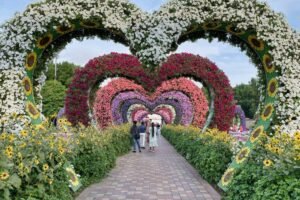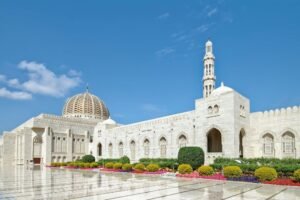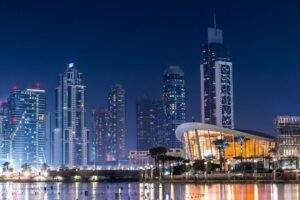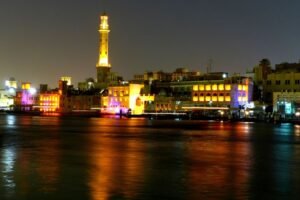London is one of the world’s most diverse cities, home to vibrant multicultural neighborhoods that celebrate food, culture, art, and traditions from across the globe. Exploring these areas offers a unique way to experience the city and its rich cultural tapestry. Here are some tips to make the most of your journey through London’s multicultural hubs.
1. Start with a Food Tour

One of the best ways to experience a neighborhood’s culture is through its cuisine.
- Brick Lane (Bangladeshi and South Asian Culture): Known for its incredible curry houses, this East London neighborhood is a haven for food lovers. Don’t miss the traditional bagels from Beigel Bake.
- Brixton (Caribbean and African Influence): Explore Brixton Village Market for mouthwatering Caribbean dishes like jerk chicken and patties, as well as African-inspired eateries.
- Chinatown (East Asian Culture): Located in Soho, Chinatown is perfect for indulging in dim sum, bubble tea, or authentic Chinese pastries.
- Southall (Little India): For Indian food lovers, Southall offers flavorful curries, street snacks, and traditional sweets like gulab jamun and jalebi.
Pro Tip: Join a guided food tour for insider recommendations and to learn more about the culinary traditions of these neighborhoods.
2. Visit Cultural Landmarks and Museums
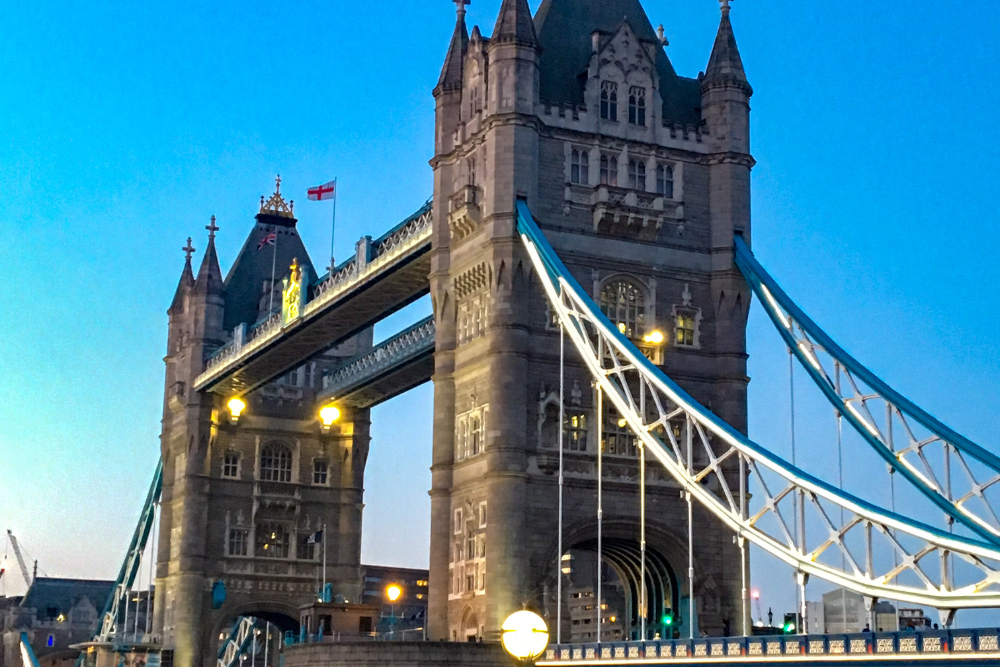
Immerse yourself in the history and traditions of each community by exploring their cultural landmarks.
- The East London Mosque and Islamic Cultural Centre (Whitechapel): Learn about the history of London’s Muslim community and take a moment to admire the beautiful architecture.
- Brixton’s Black Cultural Archives: Discover the contributions of Black communities in the UK through exhibitions, oral histories, and archival material.
- The Gurdwara Sri Guru Singh Sabha (Southall): Visit one of the largest Sikh temples outside India, where visitors are welcome to experience the peaceful ambiance and enjoy langar (a free communal meal).
- Japan House London (Kensington): Dive into Japanese culture with exhibitions, workshops, and a curated selection of Japanese goods.
Pro Tip: Many of these cultural sites offer free entry or donation-based admission, making them both accessible and enriching.
3. Time Your Visit Around Festivals and Events
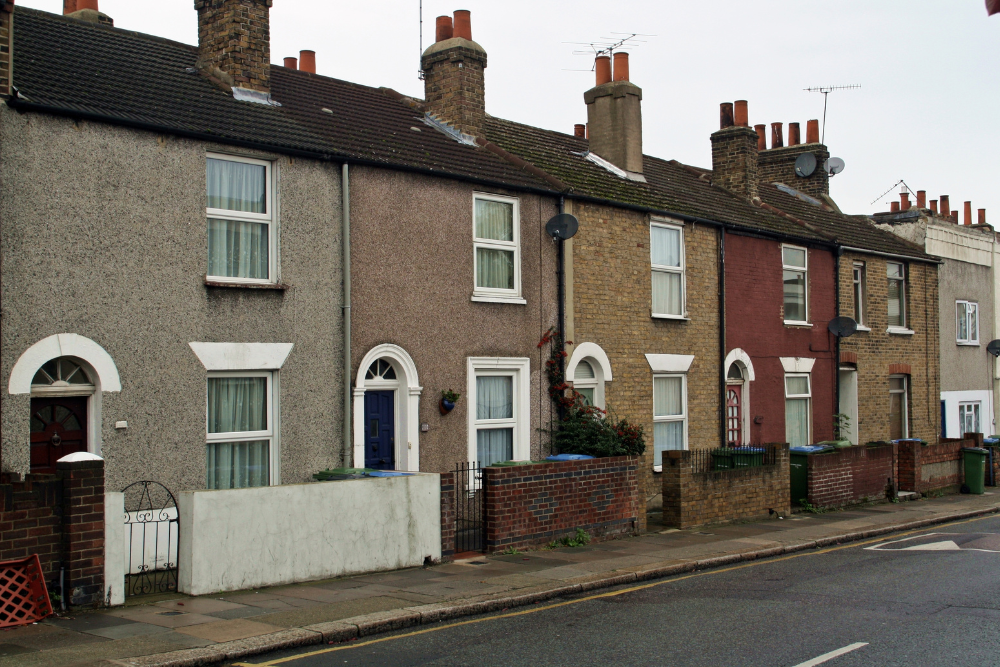
Multicultural neighborhoods often come alive during cultural festivals, offering an immersive experience.
- Notting Hill Carnival (August): This vibrant Caribbean festival features parades, live music, and food stalls.
- Chinese New Year (January/February): Head to Chinatown for dragon dances, lantern displays, and festive food to celebrate the Lunar New Year.
- Diwali Celebrations (October/November): Southall and Trafalgar Square are top spots to experience the Festival of Lights, with music, dancing, and delicious food.
- Africa on the Square (October): A one-day festival in Trafalgar Square celebrating African culture through music, art, and cuisine.
Pro Tip: Arrive early to festivals to avoid large crowds and secure a good spot for parades and performances.
4. Support Local Businesses and Markets
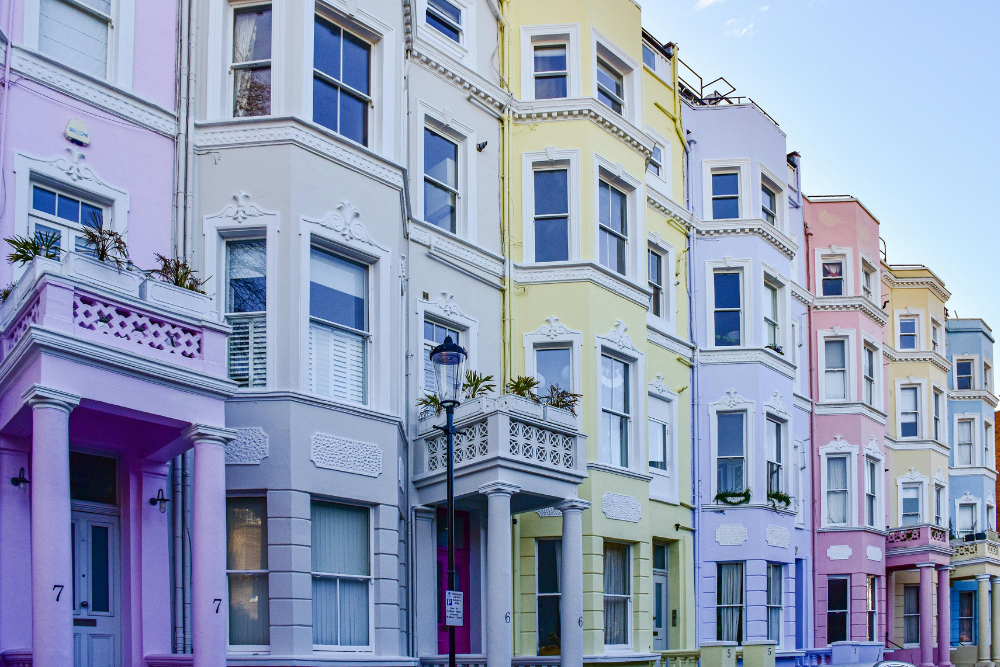
Explore the bustling markets and independent shops in these neighborhoods to support local communities and take home unique finds.
- Ridley Road Market (Dalston): A treasure trove of Afro-Caribbean produce, spices, and textiles.
- Columbia Road Flower Market (Bethnal Green): While not tied to a specific cultural group, this market reflects the diversity of East London through its eclectic vendors.
- Brixton Market: From fresh produce to handmade crafts and vintage clothing, the market captures the neighborhood’s creative and cultural spirit.
- Green Street (Upton Park): Known for its South Asian clothing shops, this street is the perfect place to shop for saris, jewelry, and spices.
Pro Tip: Don’t be afraid to bargain in open-air markets—it’s part of the shopping experience!
5. Be Respectful and Open-Minded

As you explore these neighborhoods, remember that they are not just tourist destinations but also home to vibrant communities.
- Learn a Few Words: If you’re visiting areas with strong cultural roots, learning simple phrases like “hello” or “thank you” in the local language is a great way to connect.
- Dress Appropriately: When visiting religious or cultural sites, dress modestly to show respect for local customs.
- Ask Questions: Many shop owners, tour guides, and locals are happy to share their culture with visitors—don’t hesitate to engage in conversations.
- Respect Photography Rules: Always ask for permission before taking photos, especially in sacred spaces or of individuals.
Pro Tip: Walk with curiosity and an open heart—London’s multicultural neighborhoods are all about sharing stories and traditions.
Conclusion
London’s multicultural neighborhoods are vibrant, diverse, and brimming with history, flavors, and traditions. By exploring these areas with an open mind and a sense of adventure, you’ll uncover a side of London that goes beyond the typical tourist attractions. Whether it’s savoring exotic dishes, celebrating a cultural festival, or simply wandering through colorful streets, these neighborhoods offer an unforgettable experience that reflects the true spirit of the city.





